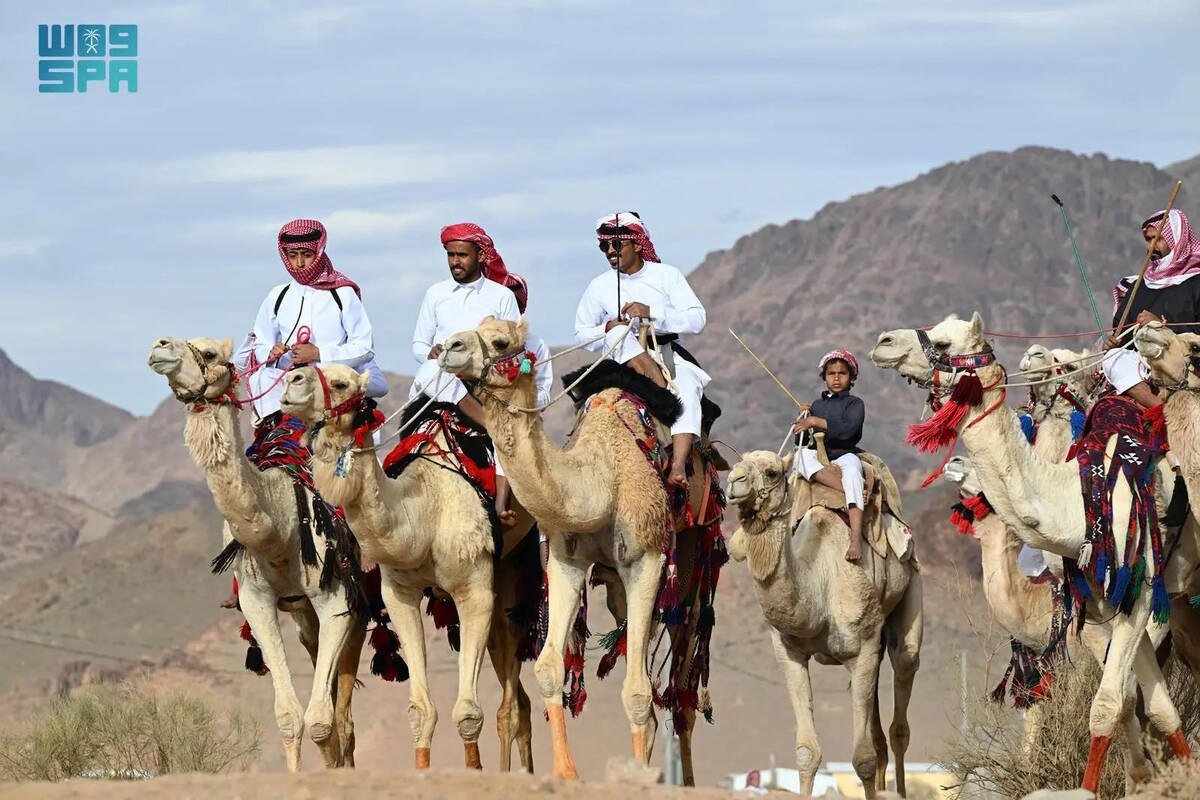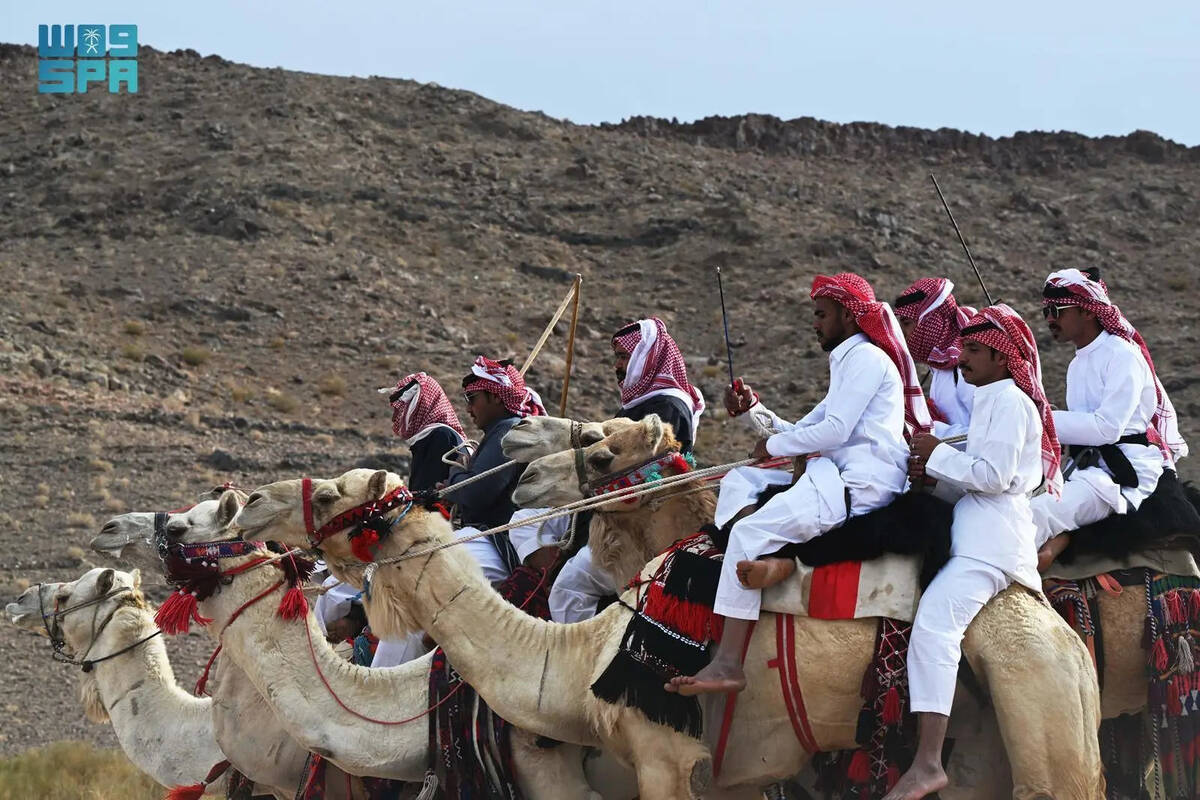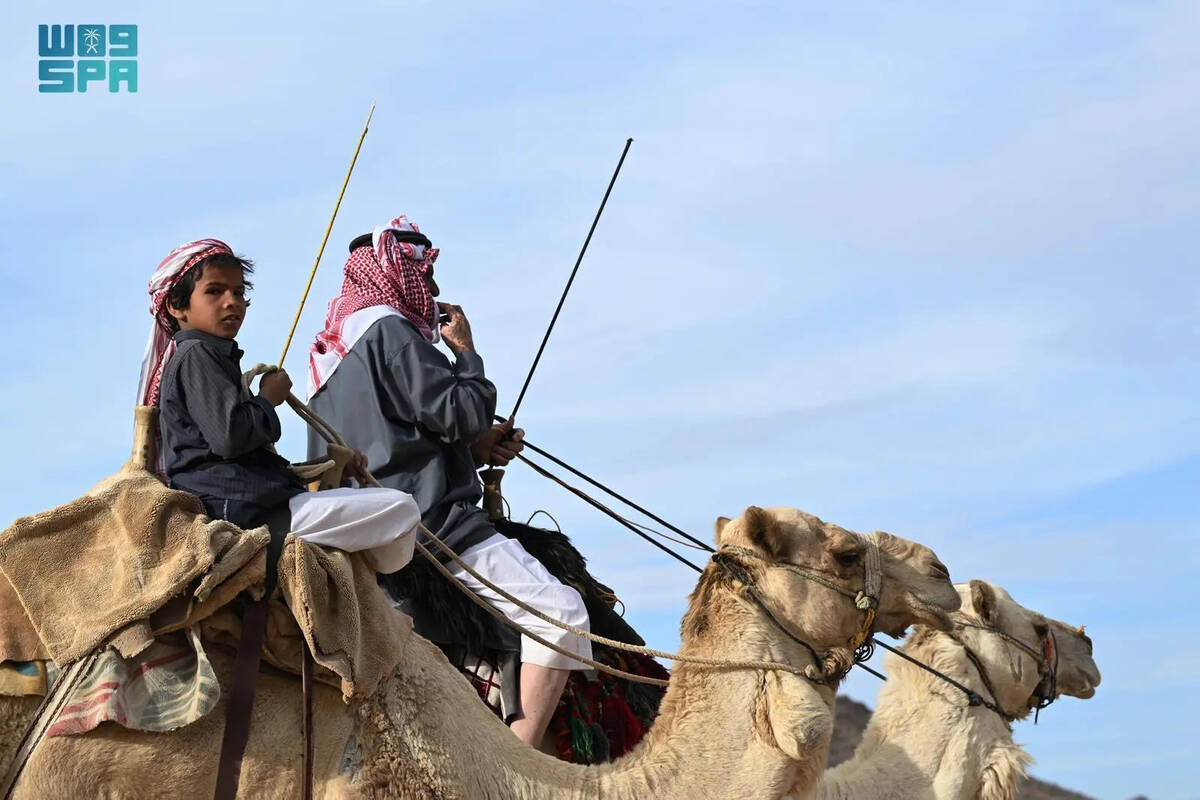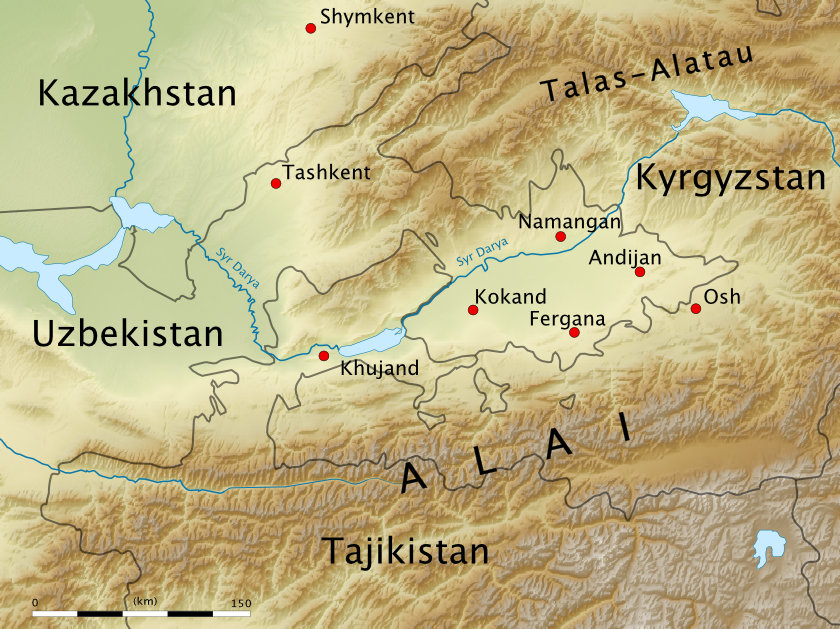JEDDAH: Cooperation to enhance global economic recovery efforts was high on the agenda during the first joint ministerial meeting of the strategic dialogue between the Gulf Cooperation Council and the foreign ministers of Kazakhstan, Kyrgyzstan, Tajikistan, Turkmenistan and Uzbekistan, which convened in Riyadh on Wednesday.
It was chaired by Prince Faisal bin Farhan, the Saudi minister of foreign affairs and chairman of the current session of the GCC’s Ministerial Council.
Prince Faisal stressed the importance of intensifying joint cooperation between countries in the two regions in light of global challenges.
“The areas of cooperation between us are endless, and the ultimate goal is to achieve stability and prosperity for our countries,” Prince Faisal said.
“There are many ties and an extended history that unites Gulf states with the countries of Central Asia,” the minister added.
He also highlighted the importance of supporting all efforts aimed at reducing regional and international political tensions while respecting international standards and creating conditions for promoting sustainable economic recovery.
The participants included Khalifa Shaheen Almarar, the UAE’s minister of state; Abdullatif bin Rashid Al-Zayani, Bahrain’s foreign minister; Sayyid Badr Albusaid, the Omani foreign minister; Sheikh Mohammed bin Abdulrahman Al-Thani, Qatar’s foreign minister; Ahmed Nasser Al-Mohammed Al-Sabah, the Kuwaiti foreign minister; Nayef Falah Mubarak Al-Hajraf, secretary general of the GCC; Vladimir Norov, acting foreign minister of Uzbekistan; Rashid Meredov, Turkmenistan’s foreign minister; Sirojiddin Muhriddin, Tajikistan’s foreign minister; Mukhtar Tileuberdi, Kazakhstan’s foreign minister; and Jeenbek Kulubaev, Kyrgyzstan’s foreign minister.
Prince Faisal said Gulf states and Central Asian countries were keen to discuss available opportunities in the fields of trade, investment, tourism, and energy as a starting point toward enhancing joint cooperation, prosperity, and growth for the countries and peoples of the two regions.
The foreign minister reiterated the importance of continuous cooperation between Gulf states and the countries of Central Asia.
The ministers welcomed the convening of the meeting and underlined their commitment to establishing strong and ambitious future partnerships between their countries, based on common values and interests, the deep historical ties between their peoples, and existing cooperation at the bilateral and multilateral levels in a variety of fields.
They exchanged views on a number of regional and international issues and stressed the importance of coordinating their positions through strategic dialogue mechanisms that were established during the meeting.
In particular they emphasized the need for agreements relating to cooperation to address the effects of the COVID-19 pandemic; the recovery of supply chains; transport and communications; food security, energy security and water security; the development of green-energy sources and technologies; environmental challenges and climate change; education; the exchange of best practices and experiences in all fields; and the creation of business opportunities and support for investment, including appropriate trade and investment mechanisms.
They also underlined the importance of the link between the principles, goals and priorities for interaction among Central Asian countries, as part of a multilateral framework approved by the heads of those states on July 21 in Cholpon-Ata, Kyrgyzstan, and GCC decisions about enhancing cooperation with those countries.
To help achieve the goals, a joint action plan for strategic dialogue and cooperation between GCC and Central Asian states, covering the period 2023-2027, was approved. It includes political and security dialogue, economic and investment cooperation, enhanced communication between peoples, and the establishment of effective partnerships between the business sectors in countries in both regions.
The ministers said that all necessary measures will be taken to ensure the rapid implementation of the plans to their fullest, at bilateral and multilateral levels.
They welcomed the invitation extended to Kazakhstan to host the first Economic Forum of GCC and Central Asian countries in Astana in June 2023, along with the invitation to Uzbekistan to hold the second ministerial meeting of the strategic dialogue in Samarkand next year.


































